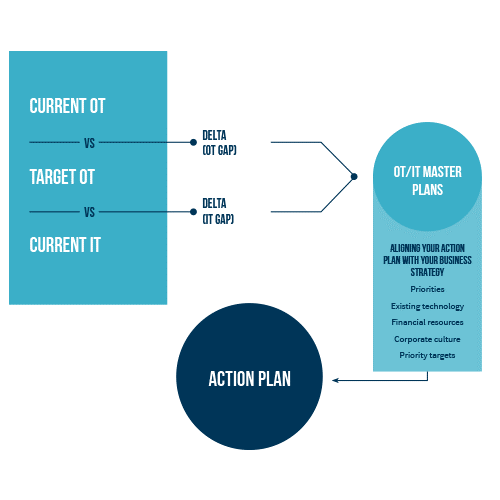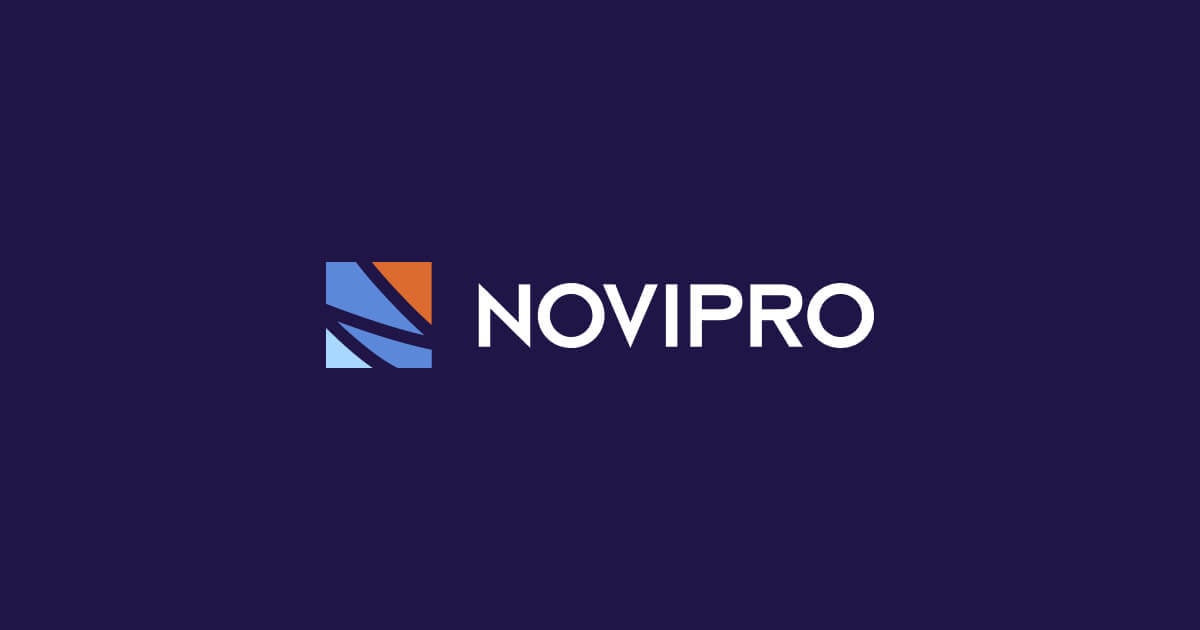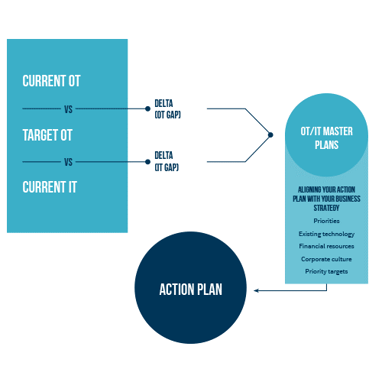Many industry leaders in Quebec have wisely chosen to complete an Industry 4.0 audit with funding from the provincial government. But once the audit is complete, how do you implement its recommendations?
Quebec’s Industry 4.0 audit is a government-subsidized program that enables companies to assess their digital maturity. Following a rigorous assessment, auditors establish a “digital plan” and issue a series of personalized recommendations in response to a strategic plan submitted by the company.
Yves Dandurand, President of Adfast, which manufactures sealants and adhesives, recently had the audit done at his company. With most of the company’s operations already automated and connected, Dandurand thought the audit could help his plant implement smart manufacturing through predictive technology. “After connectivity and integration, it was the next step,” he explains.
In a way, Dandurand’s experience is unique. In most Quebec manufacturing plants, operational technology (OT)—the industrial hardware—operates entirely separately from information technology (IT), which only handles the management of messaging and servers. That’s why making the switch to Industry 4.0 can be especially challenging for these companies.
Once the audit is done, the biggest risk these businesses face is failing to take action because the transformation seems too daunting. “That's why you need to prepare an OT/IT master plan that identifies technology gaps as well as an action plan that sets out measures to be implemented in the very short term,” explains Patrick Caron, Delivery Manager and Senior Advisor for Industry 4.0 at NOVIPRO. Here’s a look at what the process entails.
Lay the groundwork for your Industry 4.0 shift
The Industry 4.0 audit focuses on initiatives that show promise and support a company’s business strategy. However, it does not explicitly state which hardware, software and network equipment are needed to ensure seamless interfacing between OT and IT. Nor does the audit prioritize the various recommended initiatives.
“The master plan summarizes the gaps that exist between the current state of systems and equipment and their target state. It outlines the OT in its current and target forms, and it describes what the IT would need to look like in order to support the target OT. The master plan outlines a range of solutions, procurement budget estimates and various integration scenarios,” Caron explains.
On the OT side, the audit aims to identify the best way to connect industrial equipment so it can produce high-quality data in real time. In IT, it explores ways to support the OT by establishing an internal network and software to enable fast and continuous data processing, while also protecting the company through effective cybersecurity measures.
“The master plan is a starting point and sets a medium- and long-term target. Meanwhile, the action plan offers guidance on actions that can be taken in the very short term. It provides answers to questions like: What do we do tomorrow morning? What project should we start with?” Patrick Caron explains. The action plan is like a roadmap that indicates which projects should be undertaken when, based on their degree of priority and their potential for impacting profits.
A gradual shift to Industry 4.0
Having an action plan is invaluable, as the transition to Industry 4.0 is far from a smooth, easy journey. “It’s important to accept inevitable setbacks,” says Yves Dandurand, who has been working on his own company’s transition for several years. “You can’t just upgrade to a smart factory overnight. Every detail has to be worked out, and progress comes through trial and error. That’s why it’s a good idea to start with small projects so you can get a hang of the process, get some quick wins and gain confidence.”
Is it worth the risk? “Our profitability quadrupled in four years!” Dandurand says with pride. Beyond the success of his business, Dandurand believes the transition helps society as a whole. “Nowadays, the competition is coming from China, Europe and all over the world. Quebec companies need to pull together and claim their place in Industry 4.0,” he concludes.
Read the next article from our 4.0 transformation Series : Connectivity: teaching machines to communicate in the era of industry 4.0










